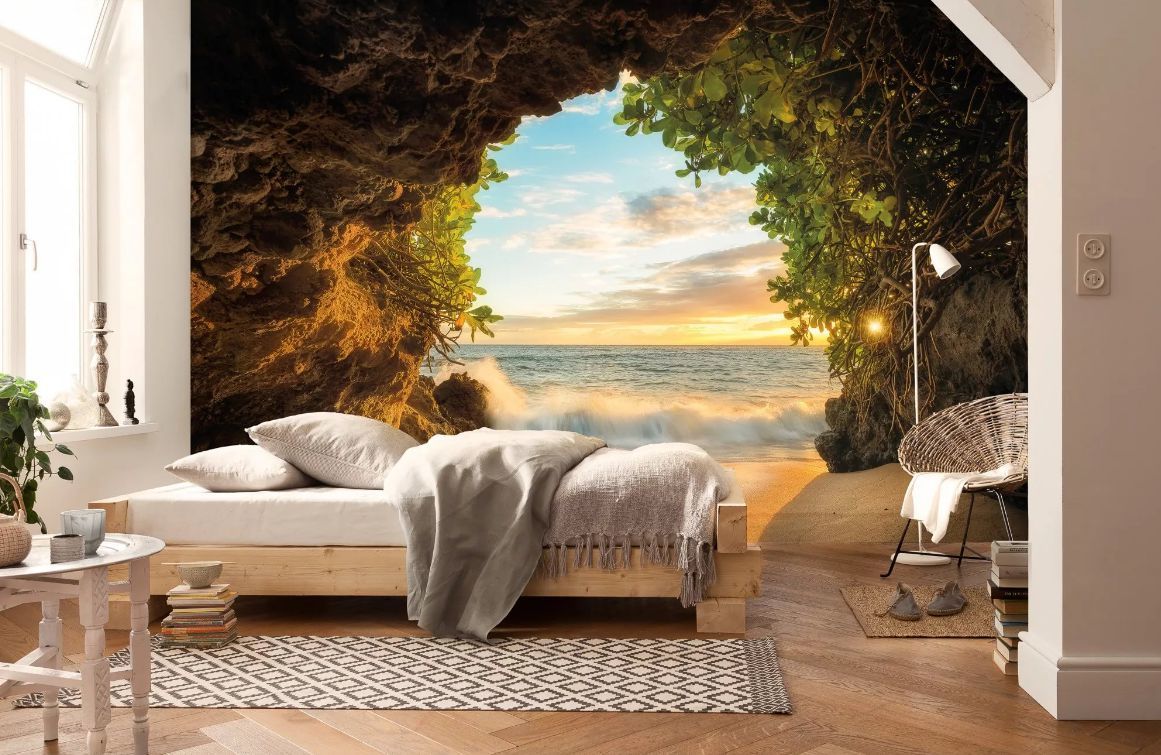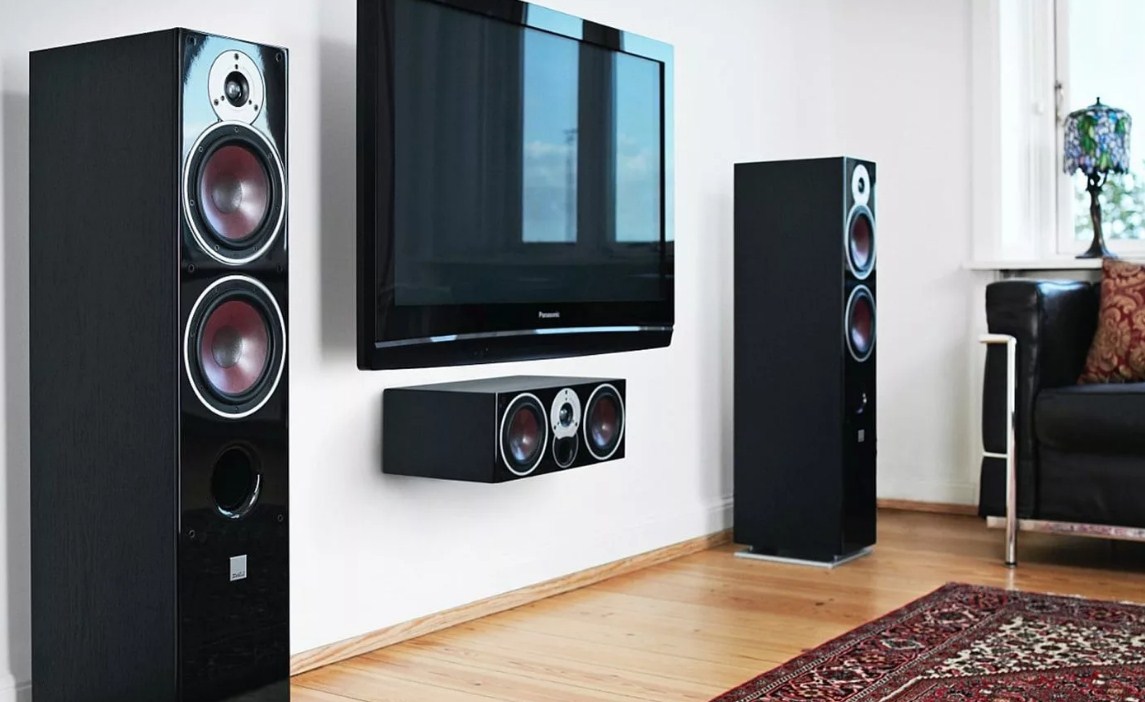Rating of the best Panasonic TVs of 2025
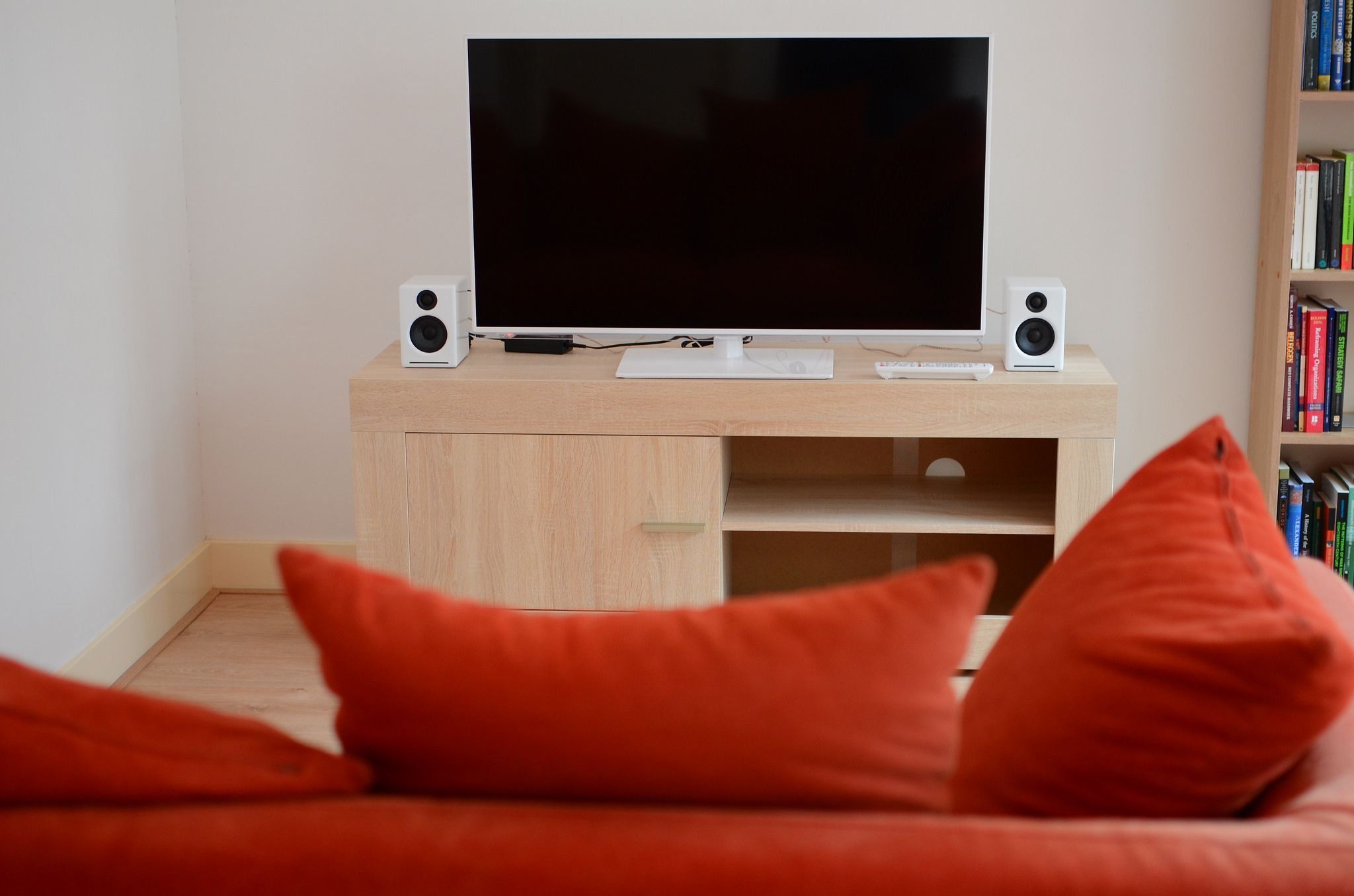
Japanese household appliances and electronics brand Panasonic provides a selection of state-of-the-art TVs that meet the latest technical developments in screen resolution and color reproduction. In 2025, the company's technical product exhibitions confirm the prospect of the final departure of plasma TVs, which are being replaced by a better picture with the most realistic screen picture with OLED matrix.
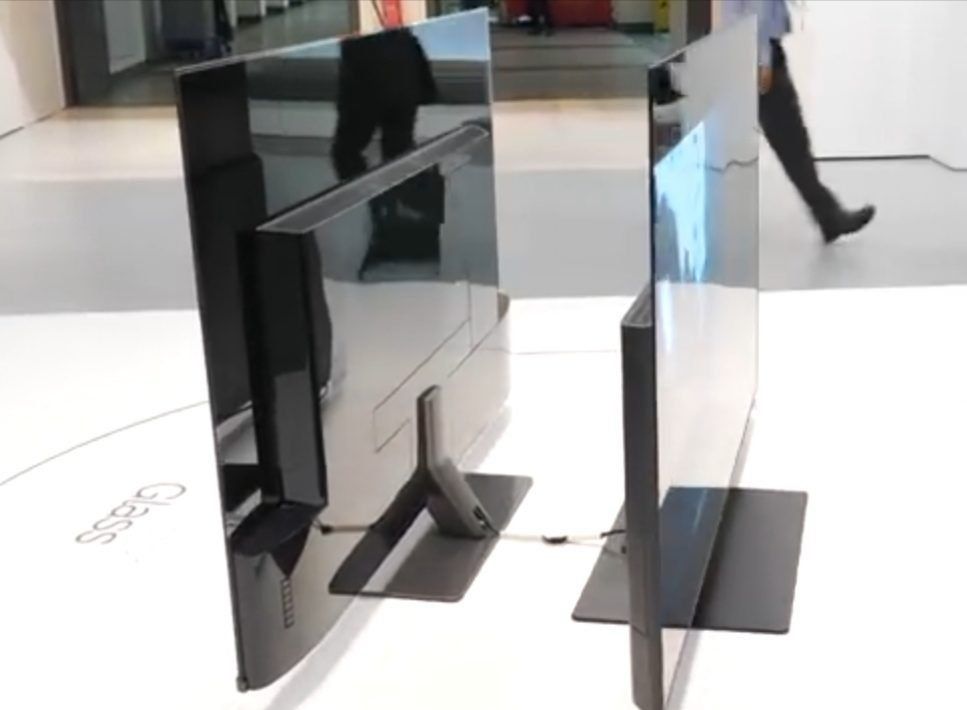
Content [Hide]
How not to miscalculate with the choice of TV
The thickness of the TV, the diagonal size and the shape of the screen are the main characteristics when choosing equipment for home, summer cottage or office, it is equally important to find the best value for money product.
Before buying, you should correctly calculate the desired screen size and how it should be installed in the room, since too large a size in a small space is a mistake that not only reduces the perception of the image, but also thoroughly spoils the eyesight.
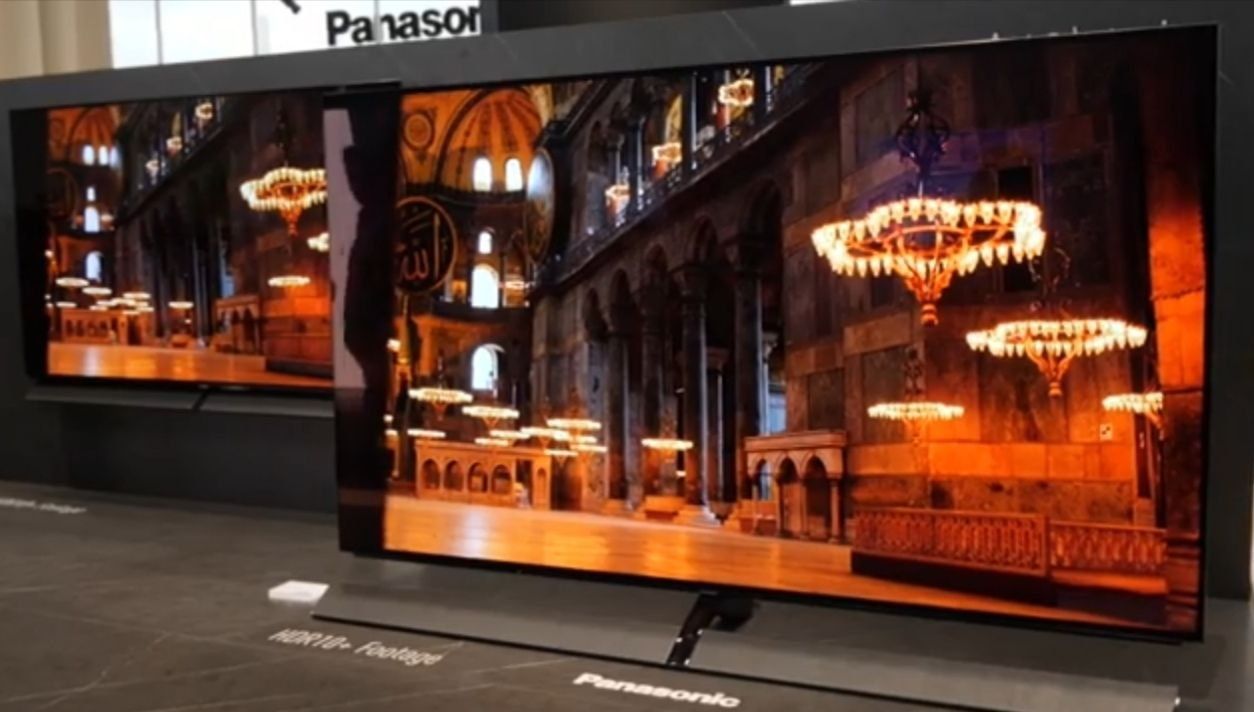
The curved shape of the TV screen allows you to watch programs from any angle, makes the picture more realistic and also looks unusual in the interior, but in practice this shape is not always convenient, since there are difficulties with choosing a bracket for fixing the equipment to the wall.
For a standard apartment, a screen with a diagonal of 40 to 60 inches is usually chosen, when the area of \u200b\u200bthe room allows you to organize a distance between the viewer and the monitor of at least three meters.
What's New in Screen Resolution
Large wall-sized TVs owe their appearance to the resolution of a FullHD monitor, since the number of pixels of 1920 by 1080 is acceptable for stretching to a wide screen so that the so-called dots are not noticeable. The bulk of video materials and media is fully consistent with this resolution quality.
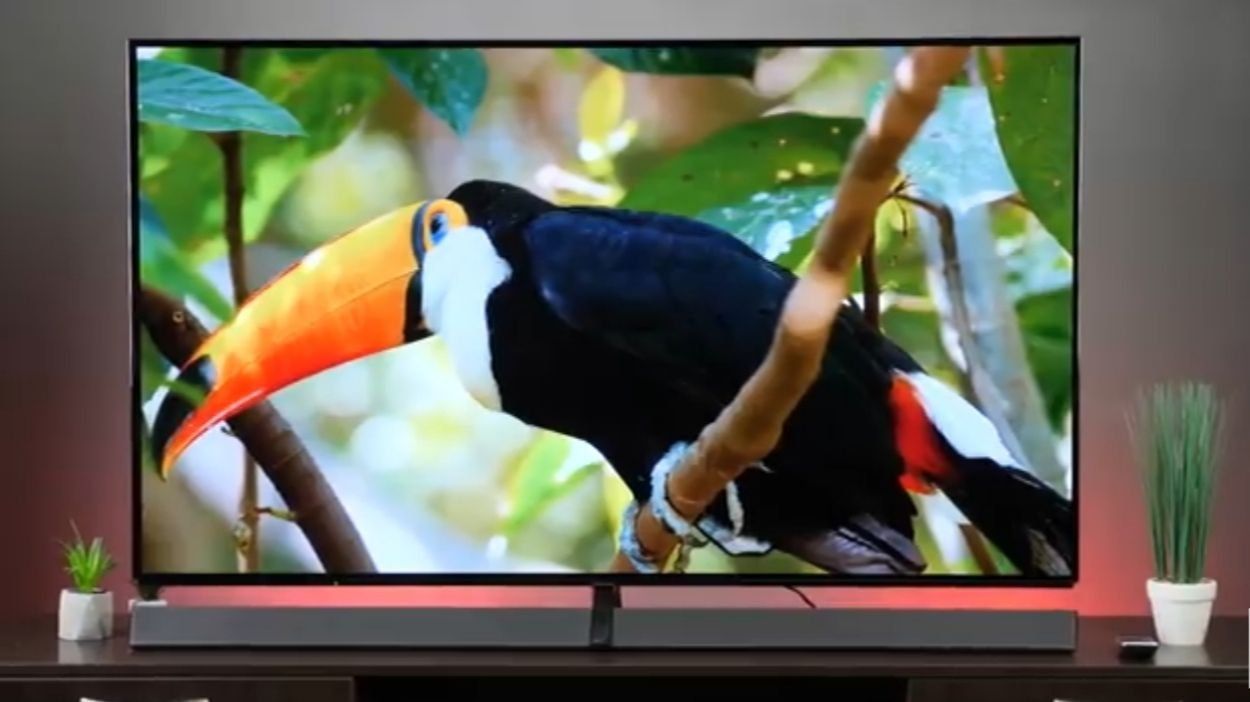
The number of pixels invariably affects the quality of picture perception, therefore, the more, the better, Panasonic TV manufacturers decided and launched a new generation of screens with a resolution size of 3840 by 2160 pixels, called 4K or UltraHD.The picture of such screens is so real and transmits all colors and colors without distortion, that it becomes clear that UltraHD TVs will firmly and permanently settle on store shelves and, of course, in the homes of lovers of high-quality expensive equipment.
There's no need to be trendy when it comes to TV's bizarre shape, but in the case of HD technology, it's worth keeping an eye out for what's new, as film and video production equipment will also eventually move to 4K, and FullHD will become obsolete, as for example, now a plasma screen.
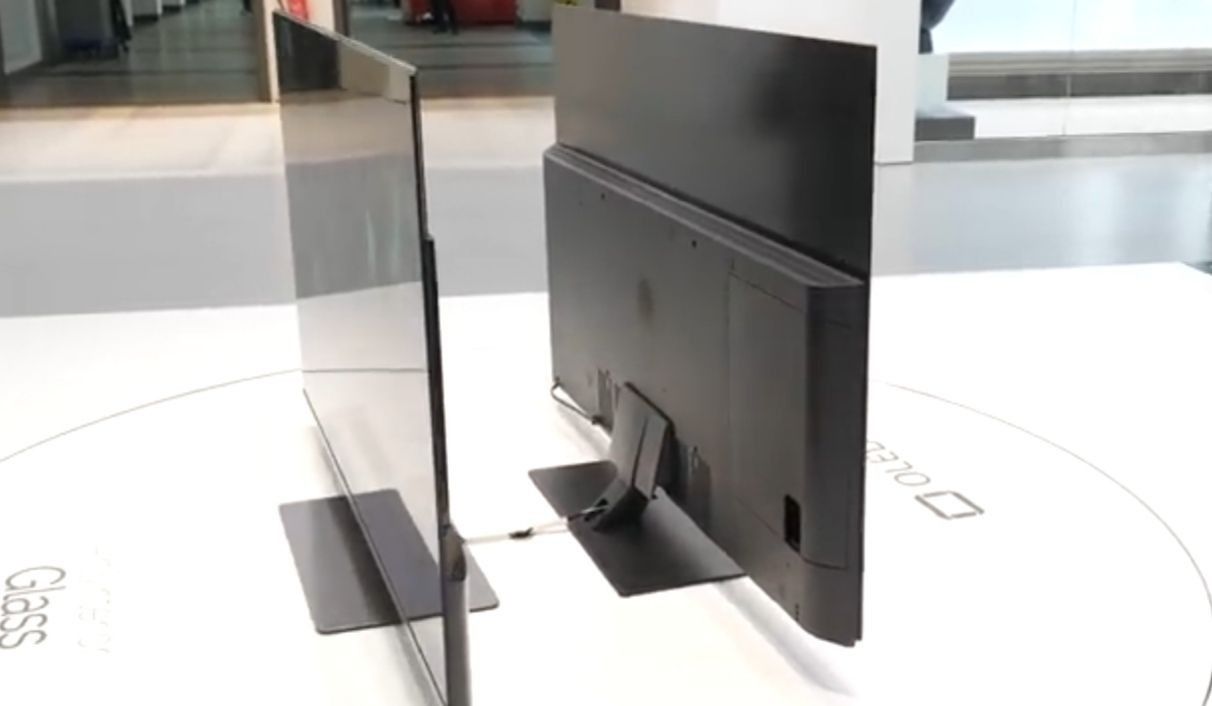
A TV is usually bought for many years, so if the buyer's budget allows, and there is a desire to have a screen wider than 42 inches in the house, it is better to buy a modern TV with UltraHD resolution. In conditions of a limited budget or buying a TV for a kitchen or a summer house, it makes no sense to take Ultra, FullHD quality will be quite enough for a small TV.
How to decipher the TV series number
Panasonic is not particularly specialized in the production of TV models with support for 3D images; curved screens of this brand are also difficult to find. The main emphasis now is on minimizing the thickness of the TV case and achieving a picture as in life, so that the viewer would be interested in looking even at the image of water transmitted through the screen.
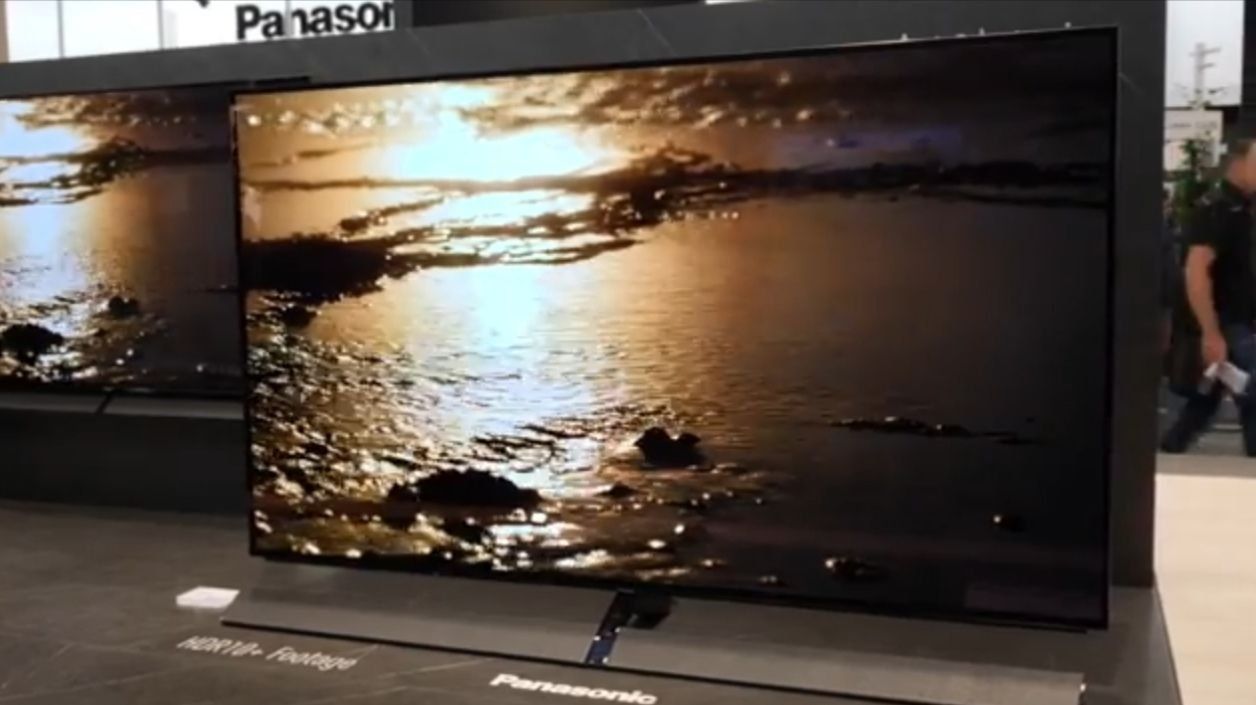
In the name of the TV model, you can find indications of the type of LED matrix for early TVs and OLED for the new generation TV format. It is the OLED matrix that makes it possible to create a thin TV case, since it does not need additional built-in lighting, since the matrix already consists of carbon LEDs.
The TV model number consists of a series of letters and numbers, the first two letters usually identifying the type of technology to which the device belongs, such as a TV. The dash is followed by the size of the TV in inches and the letter corresponding to the year of manufacture A, C, D, E or F. The presence of an OLED screen is indicated by the letter Z.
Panasonic supplies its products to Russia, Europe, America and the CIS countries. You can understand that this product is made for sale in Russia by marking R in front of the TV series and model number.
Top 7 Panasonic TV Models
New items in any field tend to be expensive, but we will look at the most interesting TV models in the hope that over time they will become available to the general consumer.
4K Smart OLED 65" Panasonic TX-65FZR950
votes 4
The model of this TV is not the largest in terms of size, but 65 inches is enough for a classic apartment in our country, in addition, the manufacturers promise to watch movies in the same quality and detail as they were intended by the creators in Hollywood. The TV has a powerful audio system at the base, providing an even and clear sound.
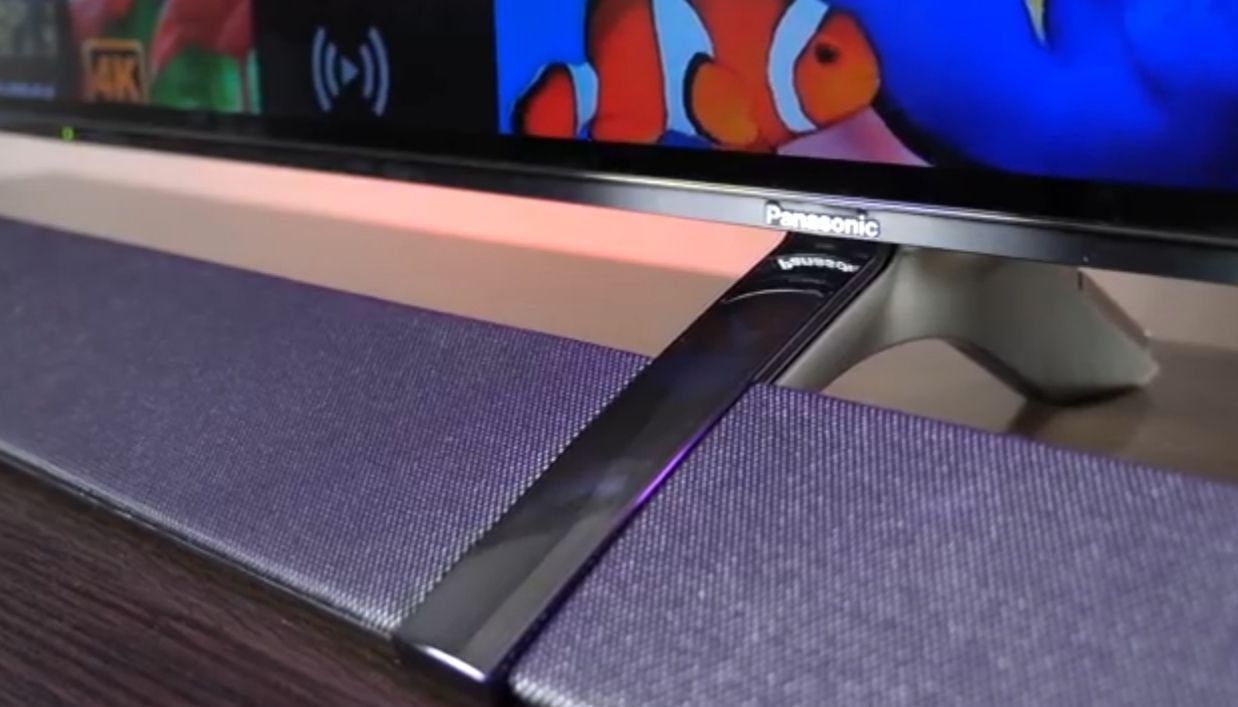
- The TV does not distort colors, since the OLED system has the property of automatically adjusting the color depending on the lighting, accurately reproduces dark shades without adding blue to black;
- The TV supports the transmission of information via a wireless connection, it is possible to control via phone, configure content, game programs and wi-fi;
- It is possible to record programs on removable media and hard disk, freeze frame, rewind;
- Several windows open on the screen;
- Embedded memory card, audio, USB connectors;
- Thin bezels of the TV;
- Without stand, case width is 62mm;
- Made in Czech Republic, one year warranty.
- The main disadvantage of such a TV is its high cost - 300,000 rubles.
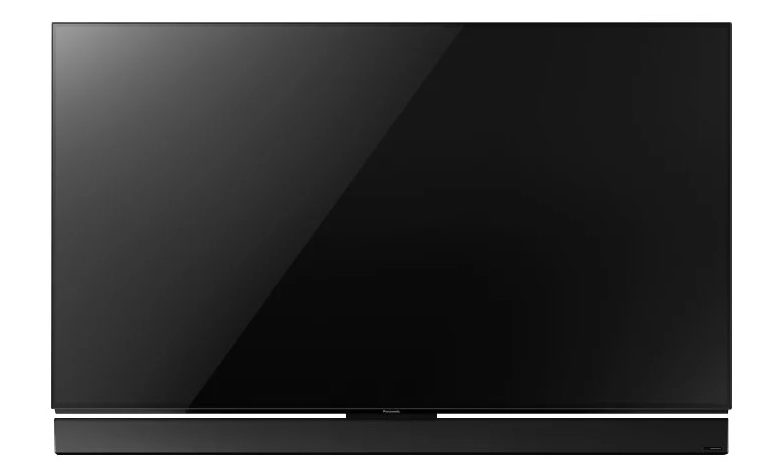
4K Smart LED TV 65" Panasonic TX-65FXR600
votes 3
This model is cheaper than the previous one, because it was released earlier and a simpler matrix was used in its production, but the smart resolution works perfectly, so the reproduction of colors, clarity and sound are at a very high level.
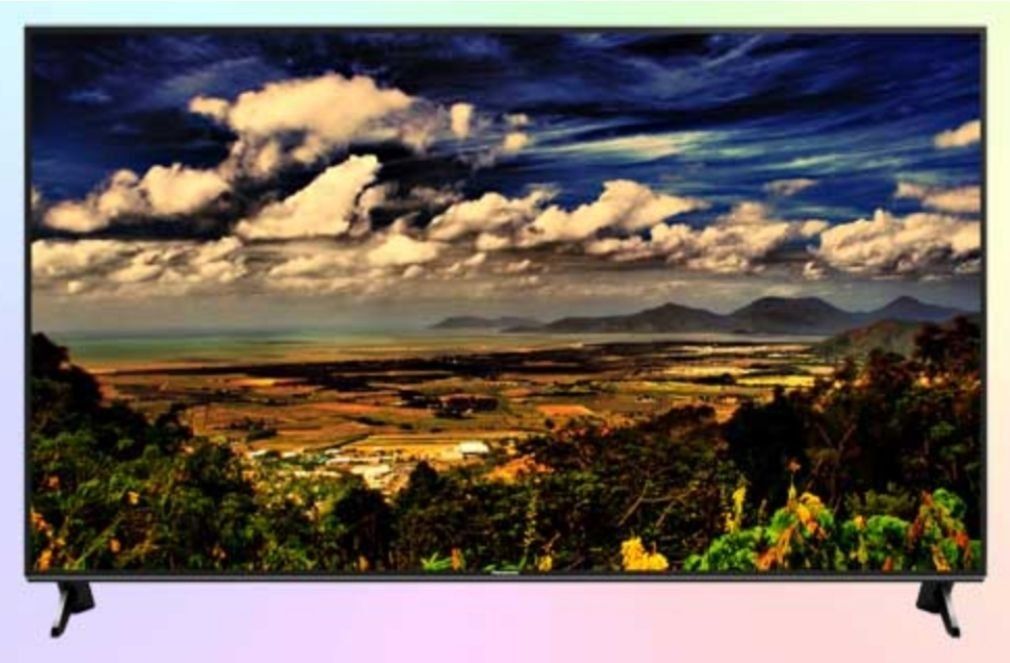
- The screen is equipped with a design that is easy to transform, with which it is possible to adapt to any environment around;
- The latest 4K technology gives a high-quality picture without color distortion;
- Brightness improves automatically depending on the lighting;
- The remote control is equipped with a record button to copy your favorite TV programs to your hard drive;
- Wireless TV setup via adapters and wi-fi;
- Slim body, bezel-less screen, edged with a thin body stripe;
- All audio and USB connectors are available;
- Several mounting options for the stand;
- In the presence of Internet Apps and home streaming TV.
- No built-in Bluetooth function and Panasonic media center;
- The high cost of this TV model is around 90,000 rubles.
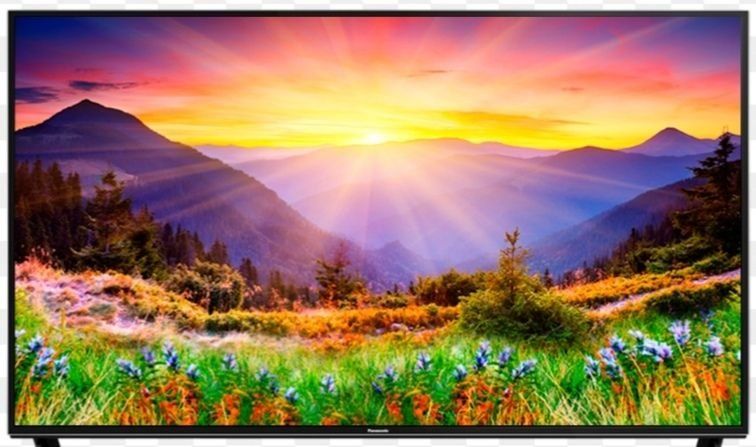
Panasonic TX-43FXR610
votes 4
An early model from Panasonic is a 43-inch UltraHD TV with home theater sound quality, and it has the weighty features that make it in this 2025 review.
- The cost of such a model corresponds to the budget of the middle class of 40,000 rubles;
- There are functions for accessing social networks if you have an account, viewing video content;
- High-quality color reproduction due to modern backlighting and high speed;
- Wide viewing angle with IPS matrix;
- You can watch YouTube and read Facebook;
- The cost corresponds to the quality;
- Good remote, comfortable to hold in your hand;
- Thin 62-inch screen bezels offer a wide view;
- There is a choice of applications in the official version;
- Matches various interior styles with a sleek design;
- Wide viewing angle and fast Internet;
- Pleasant appearance;
- Useful equipment;
- High build quality with all outputs and USB connectors.
- The TV needs to be configured, before using it, understand the settings through FireFox;
- Slow channel search;
- Compared to previous models, the device looks more bulky and heavy.
Panasonic Model TX-49ESR500
votes 1
The cost of this model does not exceed 37,000 rubles, so it can be classified as a budget one. The TV transmits rich colors, there is a smart TV with the ability to set up multiple viewing windows.
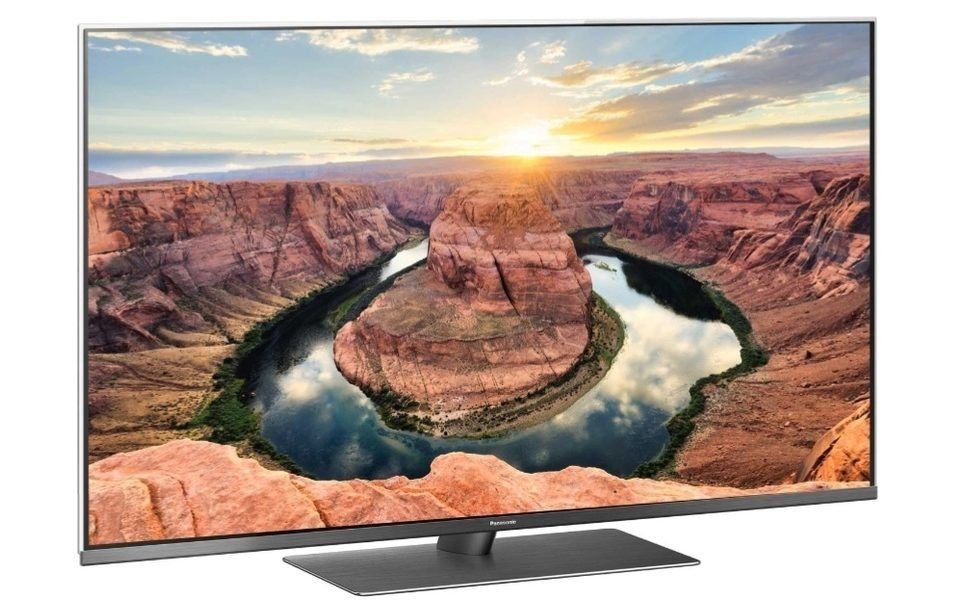
- An unusual interface with the function of creating an individual page for an individual family member, when you can put together your favorite channels and programs, make bookmarks for video clips;
- The model has the ability to connect to the network via wi-fi and Smart TV;
- Latest 4K extension;
- After installing the application on your phone or tablet, you can control the TV if the remote control is lost or for the convenience of using the built-in numerous applications.
- The weight of the TV along with the stand and the width are standard, losing to new modern models in appearance.

TX-65EZR1000
votes 4
A good option for a TV with an OLED screen, but the pleasure is expensive, such a model costs around 340,000 rubles. Power consumption is 528 W, there is a stereo, multi-screen, resolution 3840 by 2160 pixels, diagonal size - 164 cm.
- The device supports all possible interface inputs;
- In terms of functionality, there is DLNA, three TV tuners, voice control, a child lock, a light indicator, you can view several pictures at once or record programs on removable media;
- The model is presented in black elegant style, which will simply and chic decorate any interior, it can stand on a separate stand, on any horizontal surface or be attached to the wall;
- The bottom panel hides four speakers and a Dolby Digitals system;
- In terms of multimedia capabilities, the device is organized at a high level, because it supports all possible media formats;
- A clear, bright screen that transmits calm and dynamic frames of the same quality, does not distort color, and has the ability to adapt to ambient lighting;
- Wide view, the ability to read memory cards, wi-fi.
- The extremely high cost of this model is its huge disadvantage.
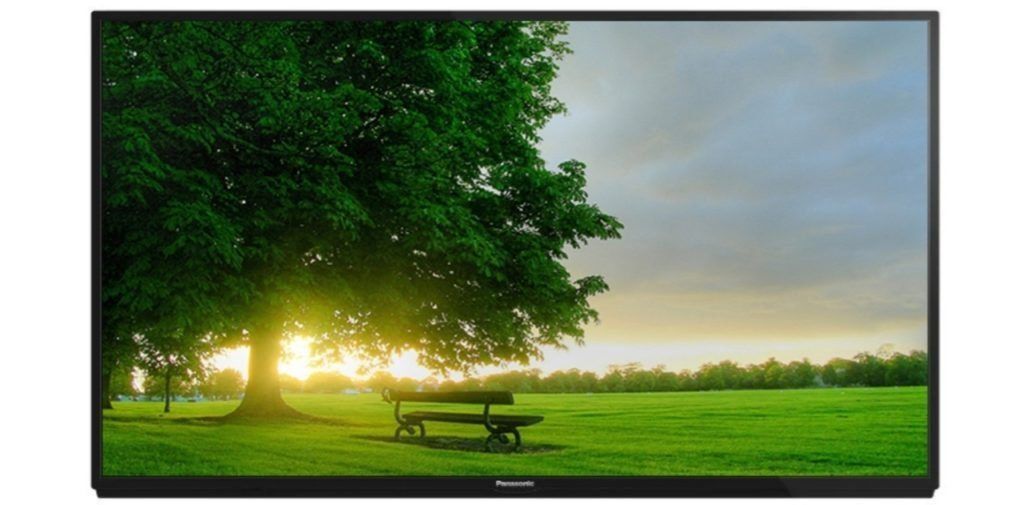
TX-32FSR500
votes 2
The next LCD TV model has collected a lot of positive feedback on the network and has a lot of advantages due to its affordable cost and versatility.The TV is several times smaller than those discussed earlier in this review, but is suitable as a good example for small living spaces, in terms of saving space.
- The TV device has a balanced feature set;
- Wide viewing angle with a clear picture and high resolution;
- Setting up a TV is not difficult using a standard operating system; it is possible to connect a mouse, control it using a remote control, phone or tablet;
- A large number of positive reviews;
- Small dimensions and compact main unit;
- In the home operating system, you can pick up or install the necessary applications;
- The TV is equipped with two TV tuners, has good sound transmission;
- Detailed interface and various software.
- There were no significant shortcomings of this model.
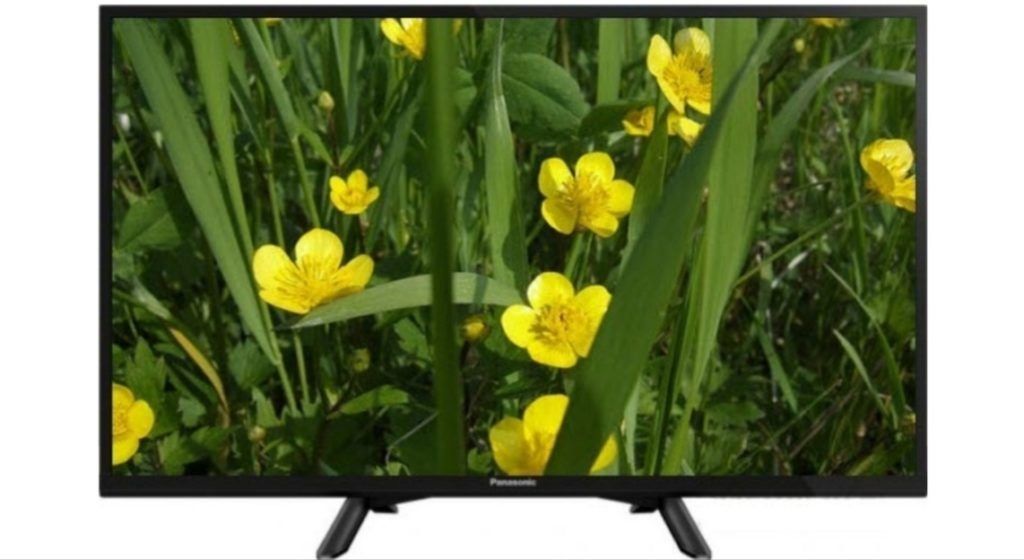
TX-40FSR500
votes 2
A TV with a wide diagonal of 1080 pixels or more has a liquid crystal screen, the dimensions are medium, the diagonal is 40 inches. The model belongs to the budget category, but has some drawbacks, which, in turn, are nothing in comparison with the numerous advantages.
- Screen size suitable for small apartments;
- In case there is inconvenience in placing the equipment on a horizontal surface, there is a standard mount for hanging the TV on the wall;
- The TV is LCD, but has a good FullHD screen resolution;
- There are several possibilities for the accumulation, recording and transmission of information, including using a wireless connection;
- Several TV tuners;
- Compliance of price and quality in terms of sound and picture;
- The TV easily connects to a smartphone, laptop or tablet;
- Acceptable appearance and bright colors of the screen;
- Sufficiently wide viewing angles;
- A wide range of settings for the screen and applications on TV;
- There is a convenient connection of the phone to the TV via bluetooth;
- Wide software and synchronization;
- The ability to enhance the image for every taste.
- The stand can be unstable, provided that there are children or pets in the house, in which case it is necessary to mount it on the wall;
- The picture is inferior in quality in comparison with the latest innovations in this field.
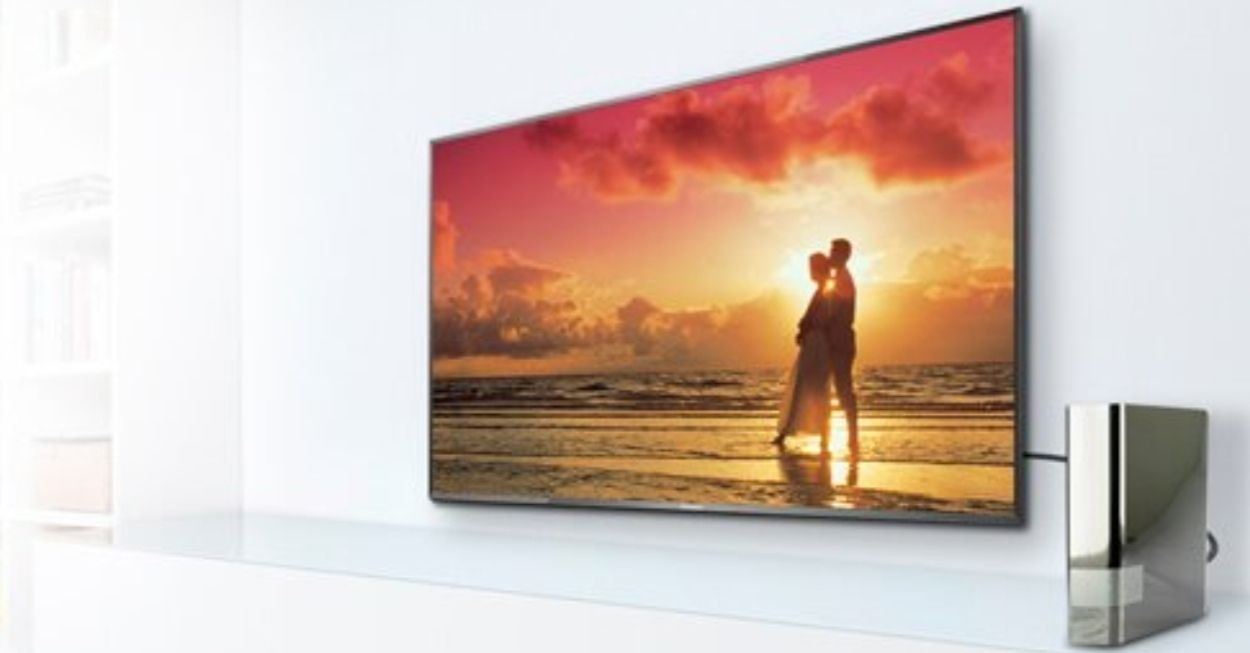
Conclusion
This year, the Panasonic brand pleased and enriched the modern technology market with new expensive models with realistic images and sound. TVs, following the latest fashion, are becoming thinner due to the imaging capabilities of OLED. An honest picture does not distort colors, adapts to ambient lighting. The thin screen looks like glass, in the wall-mounted position it resembles a window through which you can observe any picture of the world. Unfortunately, not many people can afford to have a new generation TV, it remains to be hoped that in a few years Panasonic developers will figure out how to make the production of LED and OLED technology screens budgetary.
new entries
Categories
Useful
Popular Articles
-

Top ranking of the best and cheapest scooters up to 50cc in 2025
Views: 131649 -

Rating of the best soundproofing materials for an apartment in 2025
Views: 127687 -

Rating of cheap analogues of expensive medicines for flu and colds for 2025
Views: 124516 -

The best men's sneakers in 2025
Views: 124030 -

The Best Complex Vitamins in 2025
Views: 121937 -

Top ranking of the best smartwatches 2025 - price-quality ratio
Views: 114978 -

The best paint for gray hair - top rating 2025
Views: 113393 -

Ranking of the best wood paints for interior work in 2025
Views: 110317 -

Rating of the best spinning reels in 2025
Views: 105326 -

Ranking of the best sex dolls for men for 2025
Views: 104362 -

Ranking of the best action cameras from China in 2025
Views: 102214 -

The most effective calcium preparations for adults and children in 2025
Views: 102010
